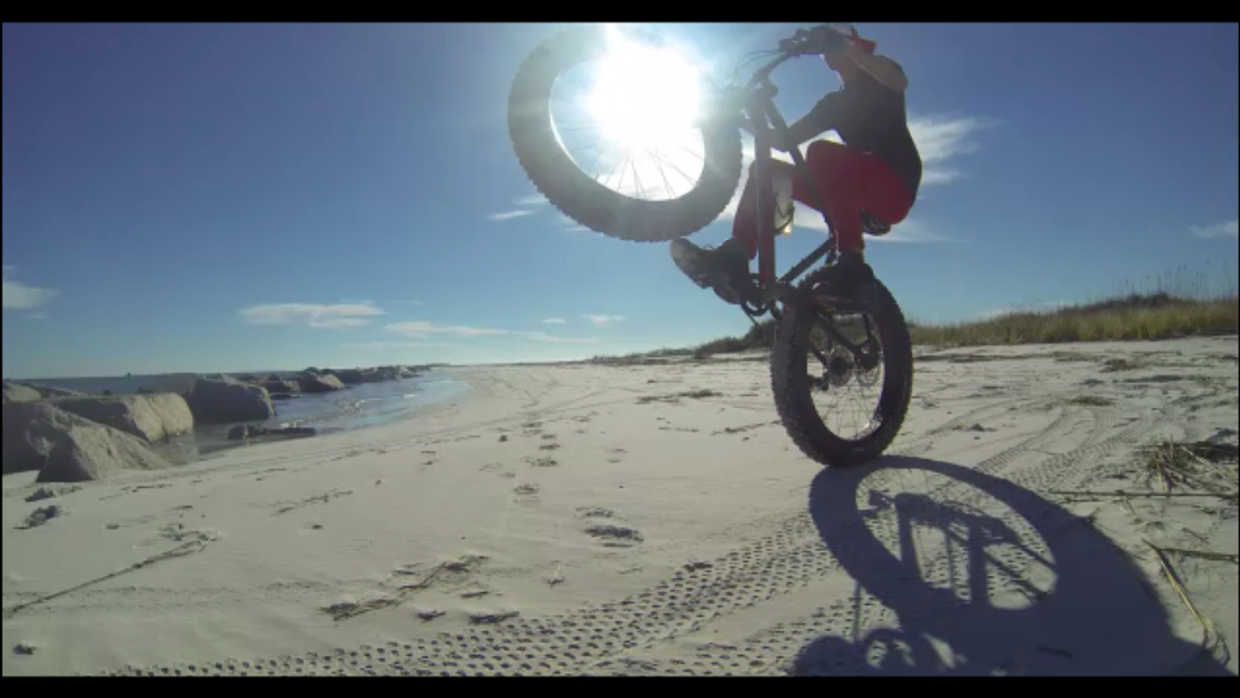
The notion of a dashingly fun gravity bike that’s also enjoyable on flat trails and climbs is one I’m deeply grateful for. We have a lot of trail builders, bike-component designers, and athletes to thank for these magic machines. Enduro racing has pushed long travel bike innovations to the point that it’s often unnecessary to discuss the negatives of a particular bike. Instead, we can focus attention on what’s unique about each model, and how they handle varied terrain with their own style.
Back in 2018, then Singletracks staff writer Aaron Chamberlain, analyzed the current fleet of enduro machines to determine which bikes fit under the umbrella. He concluded that for 27.5″ bikes the minimum travel numbers were 150mm rear and 160mm up front, and for 29er bikes, it was 140mm with a 150mm fork. Anything with less squish would be considered a trail or XC bike, and more millimeters would creep toward freeride and DH. Today there are plenty of “trail” bikes bearing those former enduro travel numbers, with loads of elite athletes racing them. The frame-model marketing can be confusing.

Like cyclocross racing, enduro is solely a genre of MTB competition. While you can surely ride “enduro-style” trails or bikes, nothing but the event itself is truly enduro, and to call something an “enduro bike” is an increasingly trivial pursuit. Why? Well, because in 2019 professional enduro athletes were earning top results aboard the 130mm Forbidden Druid with its 150mm fork and the balanced 180mm Rocky Mountain Slayer. Are they not equally enduro bikes when slid between the race tape?
This past fall I was chatting about the efficacy of categorizing bikes by travel with fellow European MTB journalist, Dan Roberts, who writes for Pinkbike. Neither of us has a horse in the race, nor a trail/enduro frame to sell, but we both had legitimately pondered the question for some time. “Are bike categories useful or confusing?” Over a platter of gin-and-tonics, we came to the agreement that those categories can prevent people from buying a bike that best suits their trails or style. We both had a list of stories from friends and trail acquaintances who said something to the tune of “I wanted to buy the 140mm bike but this 170mm one was the enduro bike. What if I want to race an enduro?” And the flip of that, “I was really interested in the longer-travel bike, but it’s an enduro-race bike so it’s definitely too much for me.”

While we’d all like to think that product marketing has no effect on our decision-making processes, the categories that brands use to label products, and the ones media outlets echo in our articles, can help slide someone to one side of the proverbial fence or the other. There are countless factors to consider when purchasing a new bike that will be with you for the next few years, and I for one do not want to sway someone toward a bike with too much or too little travel by using lazy labels like trail or enduro. Instead, I would prefer to describe how a bike performs, which trails it feels best on, and for what riding styles it’s best suited.
Those descriptions can, and often do, include our assessment of whether a bike would be good for the rough natural tracks found in most enduro races, irrespective of the travel measurement. I’m currently testing a Deviate Highlander, with a 140mm rear axle path and 150mm fork. In the size medium, with a shorter 440mm reach, the 29er feels manageable and ready for adventure rides on tight janky alpine footpaths. The sort of adventures dotted by silly jibs and pops off this rock and that stump. At the same time, the Highlander suspension platform smoothes rough landings like a frame with 30mm more travel, and I would confidently line up at a local enduro race on it. So is it a trail bike or an enduro bike? I’d say those terms aren’t useful for this and many other modern frames. Instead, they can be distracting and off putting.
Some bike brands are starting to note the potential problems with categorizing their bikes. I recently spoke with a brand owner who has a new 135mm frame due to launch soon, and they are intentionally not going to call it a trail bike. I can’t mention the company until the new bike is available, but I can say that the designers feel it has the versatility to be ridden hard in the bike park and pedaled around on XC trails alike. Similar to most frame brands, they want the shorter travel model to be as capable as possible and don’t want to give buyers the idea that it’s not good for enduro racing because the marketing copy says it’s a trail bike.

This genre head-scratching really sets the dandruff flying when we look at 150mm bikes. Most frame models branded with either label often have notably similar geometry. Some brands call their 150mm frame a trail or all-mountain bike, while others like GT Bikes have full squads of paid professional athletes racing mixed-wheel frames with that same amount of travel. Are they racing enduro on trail bikes, or is the label more than a little arbitrary? Until its latest 2020 update, there were loads of talented racers aboard the Transition Sentinel, which smoothed out the trail with just 140mm of frame travel.
A focus on labeling frames with one term, and not another, assumes consumers don’t know what we want or need, and will simply use marketing to buy things. Fortunately, that’s a farce. The average mountain biker we meet on the trail knows the head tube angle and reach of their bike, and how it compares to a previous frame or similar models that they have considered. They can read and clearly weigh one geometry table against another to get an idea of how a frame will fit and flow. From there, they read reviews and watch videos, and take a test ride whenever possible. They don’t need to be told that a frame is enduro or trail. They just need the raw info and some trustworthy reviews from other skilled riders, coupled with the invaluable suggestions from their local bike shop and friend circle. To that end, I plan to pay even less attention to the boxes that brands place their bikes in, and more attention to the data and the experiences that better describe how those bikes perform and who they might be for. After all, in a proper enduro race, any bike is an enduro bike.

We recently asked readers what they think of frame categories, and 49% of respondents agree that they are confusing, arbitrary, and/or driven by marketing, with 33% finding the labels helpful, and 19% choosing to add their own spin on things in the comments section. There were some intriguing points made in the comments that are definitely worth reading.





















6 Comments
Feb 12, 2021
Feb 12, 2021
Feb 14, 2021
I'm in the market for a new bike and settled on the Specialized Stump Jumper EVO. It's got 160/150mm travel and the head tube can adjust between 63.5-66.5 and bb height/reach can be adjusted too. What category is that in? Trail, AM, enduro? It could be setup to fit in any one of them.
I can't imagine trying to come into the sport new and trying to figure out all this. No matter how you explain things, it's confusing.
At one point, racers who competed in both XC and DH would ride the same bike in both events! Those day are gone (thankfully).
Feb 12, 2021
Mar 9, 2021
Feb 12, 2021